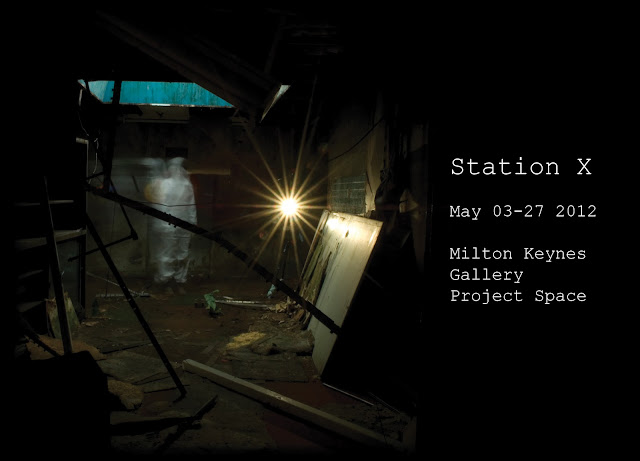 |
| Pigeon code from BBC News site (link below) |
Delighted by today's news that the remains of a carrier pigeon have been found in a Surrey chimney, with the red canister still attached. (Not so good for the unfortunate pigeon of course). According to Colin Hill, who looks after the Pigeon Exhibition at Bletchley Park, the message is unusual because it is in code not longhand. GCHQ are now tasked with decoding it. See the report by the BBC's John Maguire here. A photograph of the bones and the code can be found here (thanks to Bletchley Park Research).
Further pigeon news: War Horse author Michael Morpurgo has revealed that he's writing a story about a wartime pigeon.
And more pigeonry: Dennis da Silva's short film Gustav was premiered on the final day of the Ghost Station exhibition at Bletchley Park (which Station X was part of). The film is based on the story of the pigeon that delivered the first message of the D Day Landings at Normandy on 6th June 1944.
An update to the chimney pigeon story from the BBC News site, December 16, 2012.



















